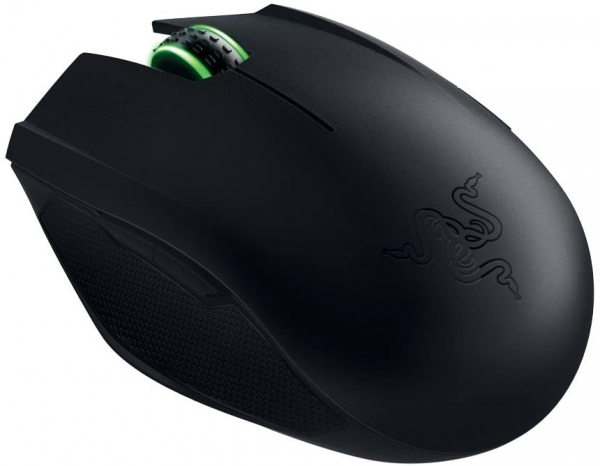Razer
Razer Orochi Chroma: the little wireless mouse switches to RGB
Aprox. 89€
See specificationsReworked for the first time in 2013, the Razer Orochi goes into the Chroma version (2015) and takes the opportunity to change the sensor. Razer's little wireless mouse, however, still needs some revisions to truly shine.
Positive points
Ambidextrous.
Good autonomy.
Sensor accuracy.
Wired or wireless use.
Bad points
Significant latency in Bluetooth: feeling of heaviness.
Wheel without horizontal scrolling.
Large mass for a portable mouse.
Very short USB cable (1 m).
Our review
Presentation
Like the last mice of the American manufacturer, the Razer Orochi mouse evolves smoothly. This Chroma version thus mainly has an RGB backlight and benefits from a new 4G laser sensor at 8200 dpi.
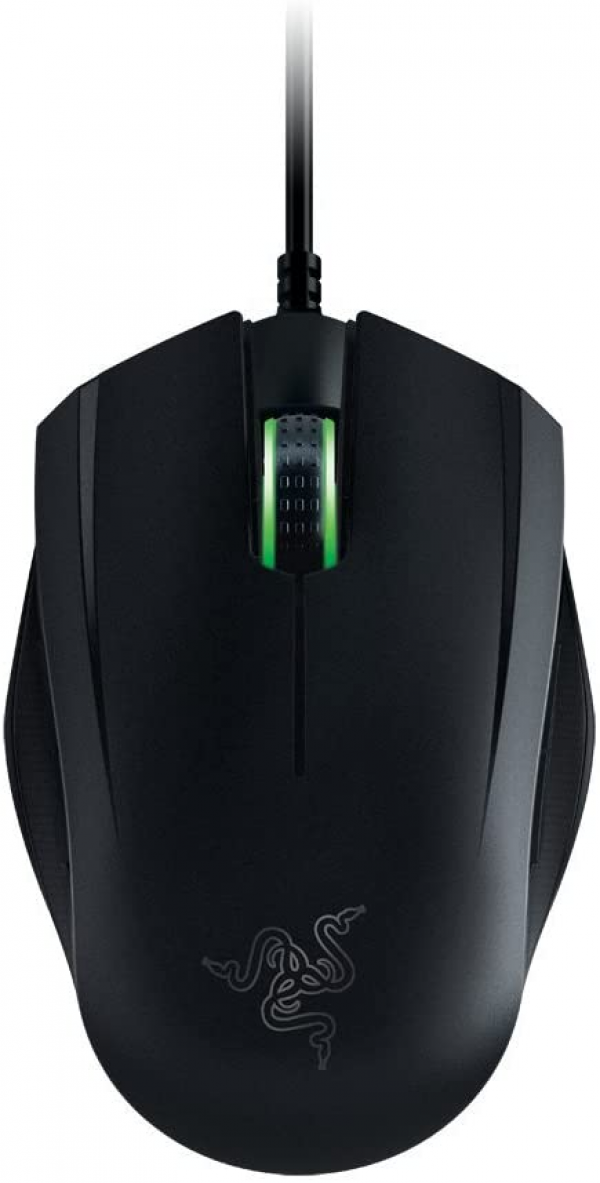
Ergonomics
The Orochi Chroma once again improves its shape. The template remains very compact (99 x 67 x 35 mm), but the edges are reworked: a little less hollowed out, they now benefit from elastomer inserts, for better grip. Because of its small size, the Orochi is rather designed for a fingertip grip, finger tip or claw grip, since the palm is not supported and the fingers protrude widely in palm grip grip.
The slice buttons naturally fall under the thumb, whether one is right-handed or left-handed, since this mouse is perfectly symmetrical and therefore ambidextrous. Rare in this context, the buttons opposite the thumb do not interfere. On the other hand, they are very logically more difficult to handle and will therefore have to be used for functions which are used little - by default, they are used to modify the sensitivity of the sensor on the fly (5 steps at most to configure in the Synapse software).
For their part, the main buttons always benefit from a rim which prevents fingers from sliding to the sides.
The wheel changes little and retains its flexible scrolling as well as fairly well marked notches. The only change is the elastomer ring that surrounds it, now adorned with rows of small bars that improve grip. Unfortunately, this wheel still does not offer horizontal scrolling.
Question finish, there is not much to blame the Orochi. The plastics are of good quality, even if that of the slices tends to mark easily. We can also notice a little play on the edge inserts. Apart from that, no play in the assemblies is to be noted, despite a removable shell which only holds with magnets.
The shell can indeed be removed to access the two AA / LR6 batteries that power the mouse in wireless use. Razer announces an autonomy of 7 months in office automation and 3 months in game; difficult to verify during a test of a few weeks, but the drop in battery level that we observed seems to corroborate this assertion for conventional use. In order not to be broken down, an indicator located on the top turns red when the autonomy becomes low and flashes from a certain level (adjustable from 5 to 25%).
If the use of batteries has a practical side, it also has the defect of noticeably weighing down the mouse, which nevertheless displays 112 g on the scale (65 g without batteries). This is as much as some desktop mice. In absolute terms, nothing unacceptable, however, since the weight is well distributed, even if it surprises at the start given the small size of the mouse. A battery would have been preferable to reduce the mass of the machine and allow automatic recharging when connected via USB.
No problem, however, on the sliding side, since the 4 PTFE pads ensure good sliding on most surfaces.
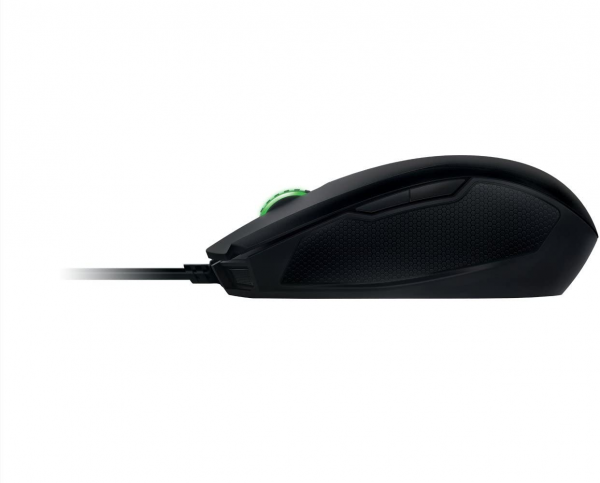
Precision
The Orochi can operate wirelessly via Bluetooth or via USB via the supplied cord. No problem to report by wire, the mouse can communicate at a frequency of 1000 Hz with the computer. Be careful however, this is not without consequence on the processor occupation. On a weak laptop, it may be better to switch to 500 Hz, or even less if you don't play a game too fast. In all cases, if the chosen setting does have an impact on the accuracy, it does not adversely affect user comfort. To the point that we just want to emphasize, since the situation is very different once the wire is disconnected and the mouse connected via Bluetooth.
Indeed, the wireless operation of the Orochi has somewhat destabilized us. In question, a latency far too high (both on laptop and desktop), which causes a feeling of heaviness and greatly affects accuracy, even in office. The movements then become slower, less intuitive. While it may be suitable for basic use, this wireless operation becomes much more delicate when it comes to chaining fast actions and obviously playing. The exchange frequency blocked at 125 Hz in Bluetooth is apparently not in question, since this same wired frequency does not pose any particular problem. Too bad, since the use of Bluetooth (4.0) allows to do without an additional connector on compatible PCs, unlike radio operation which requires a specific dongle. The connection is also easy to activate, since all you have to do is press the 4 slice buttons to start pairing after activating Bluetooth on the computer, then select the mouse from the list of detected devices.
Regarding the laser sensor itself, we appreciate its velocity and its recognition of many surfaces. The Orochi is thus lively and precise.
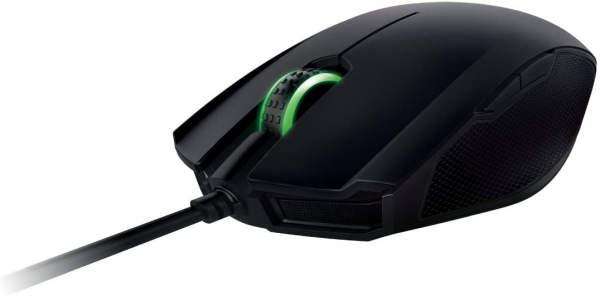
Conclusion
The Razer Orochi Chroma (2015) is a good little portable mouse when used with its cable. In wireless, on the other hand, the excessive Bluetooth latency strongly penalizes its accuracy and makes use much less pleasant. Too bad, since its laser sensor works on a large number of surfaces and is both fast and precise.
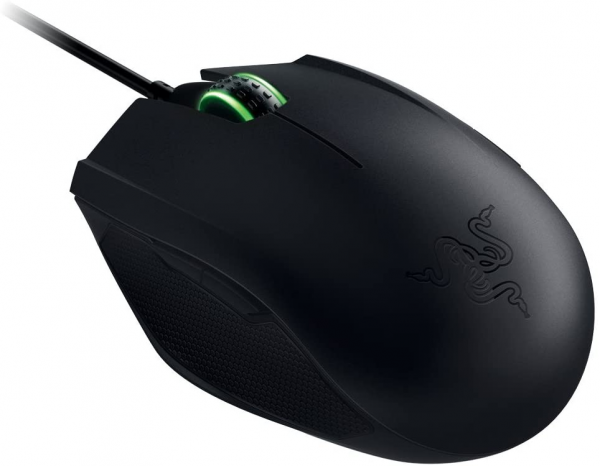
Specifications

